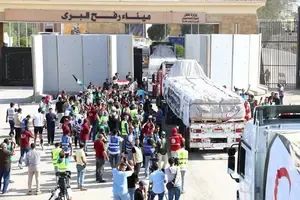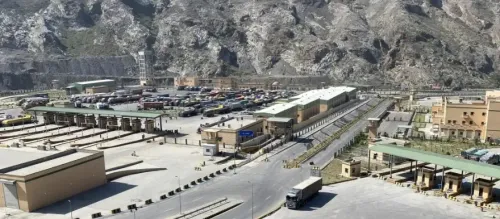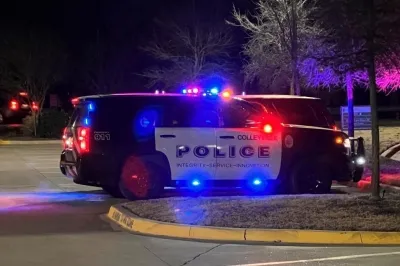How is the UN Enhancing Relief Operations in Gaza?

Synopsis
Key Takeaways
- UN relief operations are increasing following the ceasefire.
- Israeli restrictions limit daily aid truckloads to 300.
- Assessment of needs in inaccessible areas is underway.
- Immediate actions include clearing roads and restoring water access.
- UNMAS is educating communities on the risks of unexploded ordnance.
United Nations, Oct 15 (NationPress) Relief efforts in Gaza have intensified in the wake of the ceasefire, as reported by UN humanitarian officials on Tuesday. They highlighted new Israeli restrictions on the number of truckloads entering the region.
The UN Office for the Coordination of Humanitarian Affairs (OCHA) indicated that the Israeli authorities permitted 817 truckloads of aid into Gaza on Sunday. The figures for Monday are not yet available, and no deliveries took place on Tuesday. Nonetheless, the office mentioned that there were still some truckloads of aid from Monday waiting to be collected at the crossings for distribution in Gaza, according to Xinhua news agency.
Olga Cherevko, OCHA spokesperson, highlighted an Israeli announcement that it would restrict the number of aid truckloads entering the Gaza Strip to 300 daily due to delays by Hamas in releasing the remains of deceased hostages.
"We have received this significant communication from the Israeli authorities, and we continue to urge the involved parties to comply with the agreements established in the ceasefire," Cherevko stated during a video briefing from Gaza. "We sincerely hope that the remains of the hostages are returned and that the ceasefire remains effective."
OCHA is collaborating with partners to evaluate the needs of individuals in areas that were previously unreachable. On Tuesday, an OCHA team visited the Al Kateeba neighborhood in Khan Younis, which falls under this category.
The team reported extensive devastation, with considerable rubble visible throughout the area. Partners have started clearing main roads to improve movement and humanitarian access.
"Prior to October 2023, around 17,000 individuals resided in Al Kateeba," the office stated. "Community members expressed their determination to establish makeshift shelters near their damaged homes. Residents informed OCHA's team that clearing roads, leveling land, restoring water access, and receiving shelter aid are crucial first steps for enabling safe return and recovery of the people."
The office confirmed that the global body and its partners are continuing to scale up operations under their 60-day response plan to assist as many individuals as possible with life-saving support.
The World Health Organization reported that within 24 hours of the ceasefire, an emergency medical team was dispatched to Al Ahli Hospital in Gaza City, and eight trucks loaded with medical supplies, such as insulin, lab supplies, and essential medications, entered the strip.
OCHA announced that a solar panel for a desalination unit in Deir al-Balah was installed, along with new telecommunications equipment to enhance connectivity for affected individuals and humanitarian operations. Efforts are also underway to clear debris from roads, especially those leading to crossing points.
According to OCHA, Israeli authorities facilitated four UN-led missions to retrieve medical, health, and shelter supplies from the Kerem Shalom/Karem Abu Salem and Kissufim border crossings.
Farhan Haq, deputy spokesperson for the UN secretary-general, mentioned in a regular briefing that the UN Mine Action Service (UNMAS) has reported on the significant risk posed by unexploded ordnance in Gaza. With hundreds of thousands of displaced individuals and humanitarian workers moving through affected areas following the ceasefire, the likelihood of encountering these dangerous remnants of conflict is elevated.
UNMAS and its partners have been providing risk education for communities, particularly children, and training humanitarian and construction workers to operate safely since 2023.
"Additionally, explosive ordnance disposal officers are assessing debris along roads and within damaged buildings to ascertain the safety of areas for clearing," the spokesperson explained. "Their expertise and guidance are vital for minimizing explosive ordnance risks during these high-risk operations."









